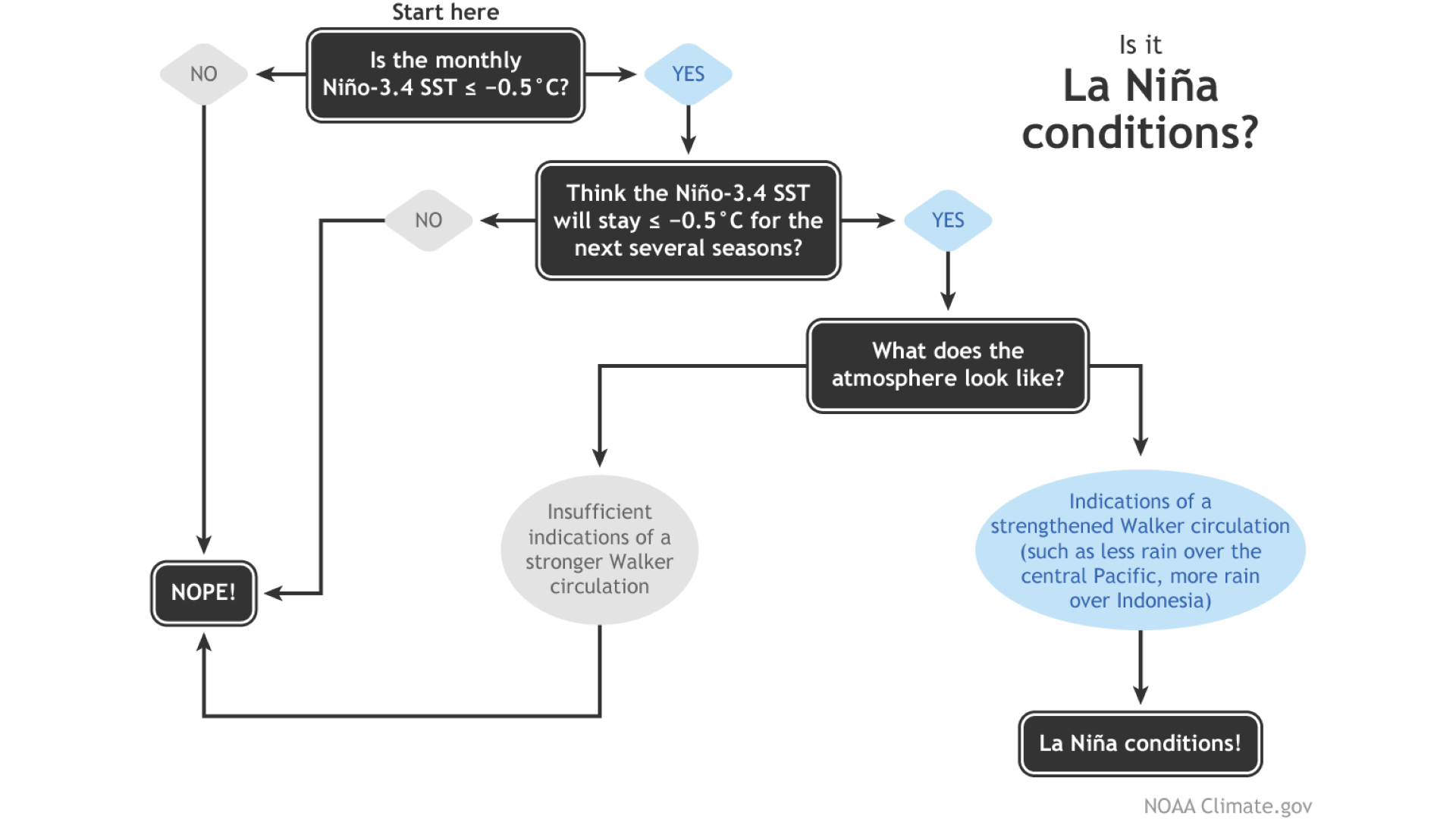Authorities have revealed that an "unconventional" La Niña weather phenomenon (which was initially anticipated to materialize last summer) has now commenced. Nonetheless, it is anticipated to be less intense and shorter-lived than typical.
The Southern Oscillation (ENSO) cycle, which is a pattern of fluctuations in atmospheric and sea temperatures in the tropical Pacific Ocean, impacts global weather and climate patterns.
(NOAA) . La Niña tends to lead to more hurricane activity in the Atlantic.
on Thursday (Jan. 9).
We've been anticipating La Niña's arrival since last spring," NOAA representatives noted. "Whilst she's been rather slow to appear, all the necessary conditions have now come together over the past month.
Related: 2024 was the hottest year on record, and was the first to exceed the 1.5 C global warming limit, data shows.
In 2023 and 2024, researchers had anticipated the La Niña event to follow. Researchers are uncertain as to why this La Niña was slow to establish itself, however warmer-than-average ocean temperatures in 2024 may have been a contributing factor, as stated by NOAA.
La Niña flowchart

The National Oceanic and Atmospheric Administration (NOAA) has a flowchart to determine when a La Niña has started. Firstly, the tropical Pacific sea-surface temperatures must drop by 0.9 degrees Fahrenheit (0.5 degrees Celsius) below their long-term average.
.
"We are predicting a 59% likelihood that La Niña will continue until February–April, followed by a 60% chance of normal conditions in March–May," the NOAA representatives stated.
The temperatures must stay below the specified threshold for five consecutive three-month periods for this La Niña to be documented in the NOAA's official historical record, but this may not occur if the La Niña weakens or disappears during the months of March to May. However, ENSO events are notoriously hard to forecast.
Scientists will continue to monitor the tropical Pacific sea-surface temperatures to see when the La Niña comes to an end, and study the factors behind this possible shorter and weaker ENSO occurrence.
"There's a reason our flowchart says 'the next several seasons' instead of giving a specific number: we can make predictions, but it's not possible to know beforehand exactly how long La Niña conditions will last," NOAA representatives wrote.


